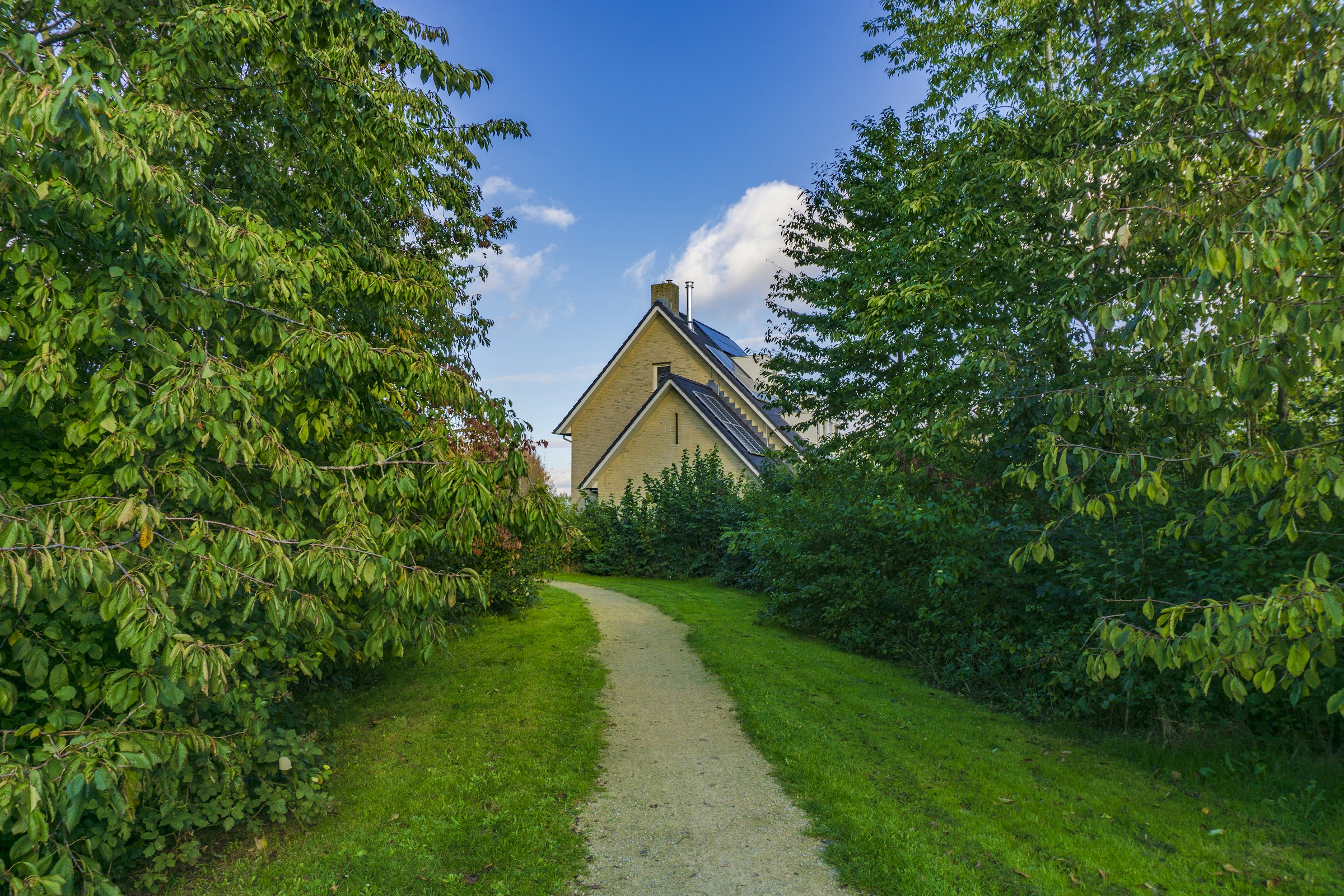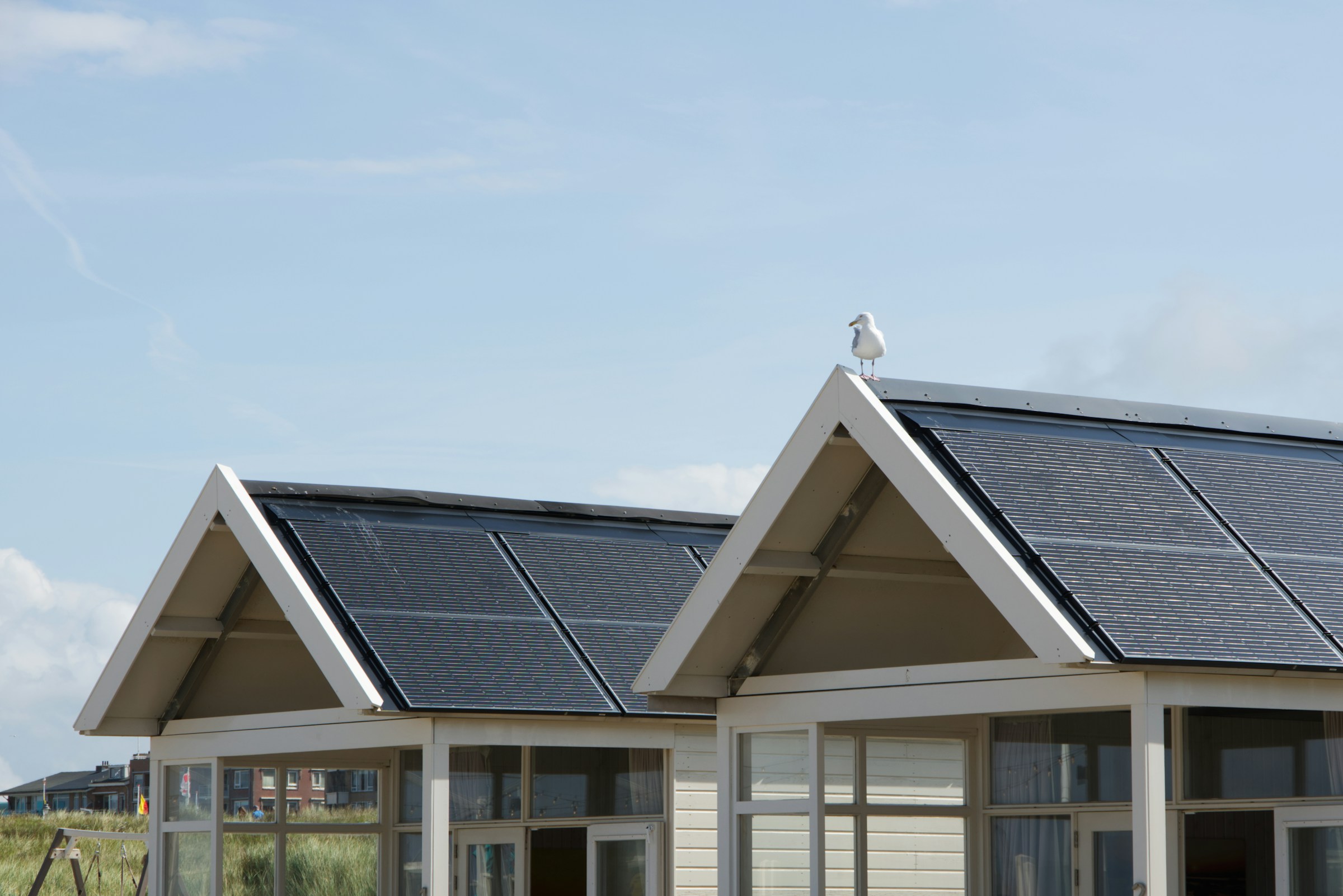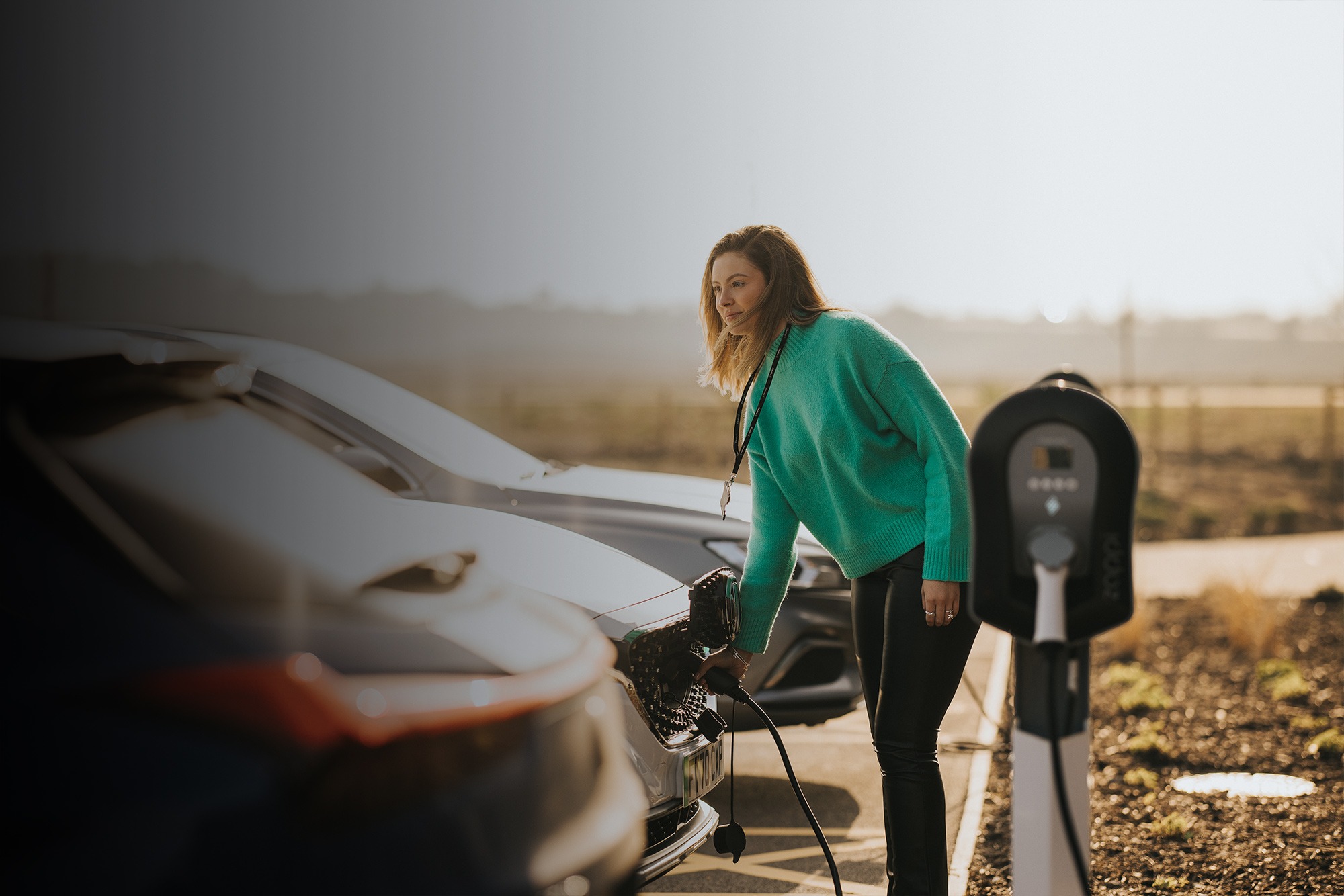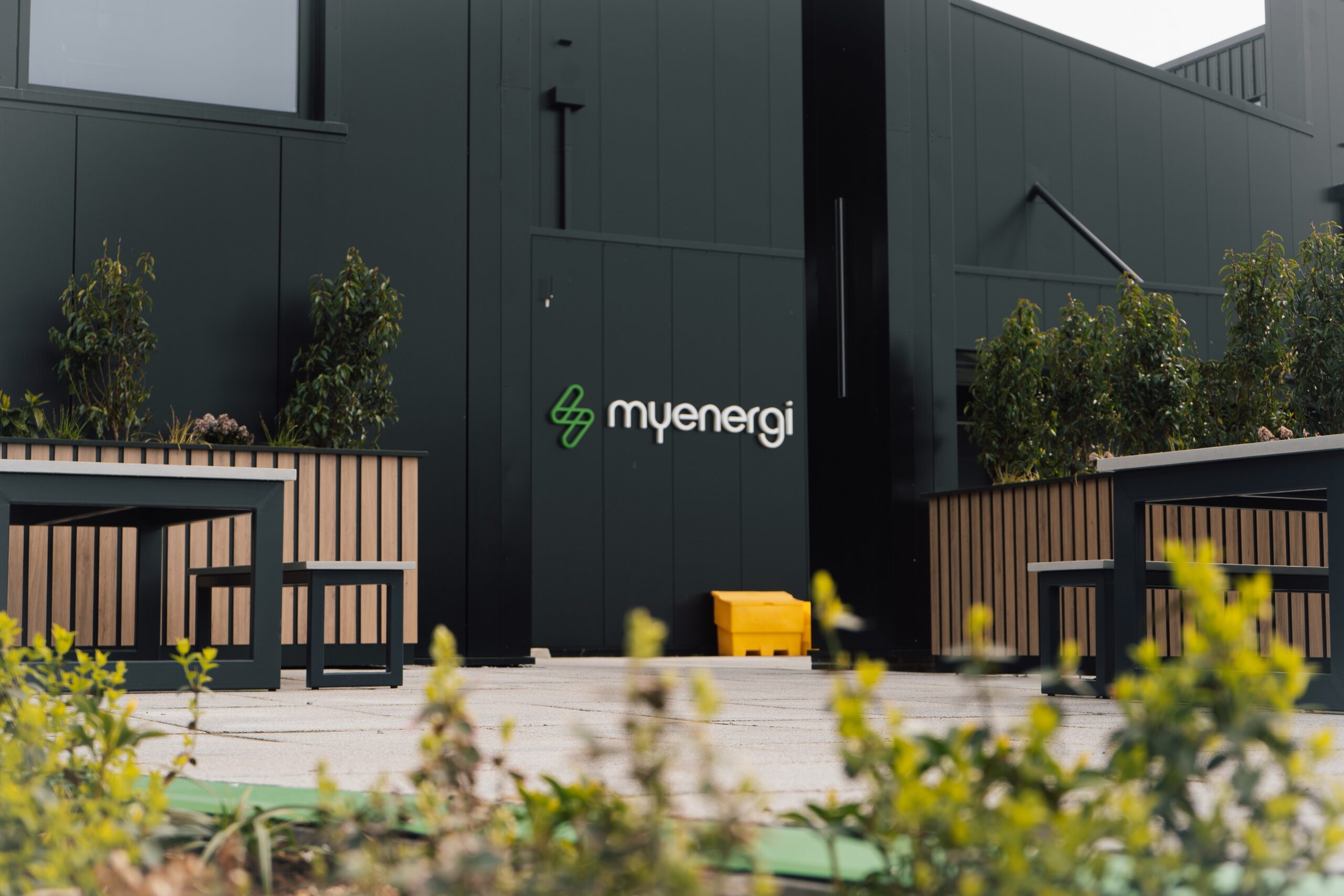Sea levels are rising, ice caps are melting, and forests are being torn down at an alarming rate. Our wonderful world and its beautiful wildlife is being betrayed by the human race, but there is still time to save our planet and all of its beauty.
Climate change is real, and it is having a truly damaging effect on the earth, particularly animals across the globe.
While global warming poses a huge, growing threat to the homes, habitats and the health of our wildlife (including ourselves!), the knowledge of climate change and its effects are perhaps not as common knowledge as they ought to be.
With this in mind, we have put together a guide on how global warming, pollution and climate change is currently affecting our wildlife.
1) The seas are rising
The world’s seas are absorbing over 90% of the greenhouse gases we are pouring into the atmosphere. These harmful gases are heating the seas, and when water gets hot, it expands. Half of the rise over the last 25 years can actually be attributed to the heatrise caused by climate change.
The alarmingly rapid melting of the ice caps, high-intensity winds and the aforementioned ocean warming is causing tides to rise and oceans to expand at a rapid rate.
Average sea levels have swelled over 8 inches since 1880, and every year the oceans rise 0.13 inches. A recent discovery actually found that global sea level rise began accelerating as early as in the 1960s, 30 years prior to previous assessments.
As well as mass flooding, rising sea levels can also cause hurricanes, typhoons, erosion and powerful storm surges.
Species affected: Experts state that rising sea levels threaten 233 endangered species. Some of the animals most at threat are:
- Plankton: Plankton are the basis of many oceanic food chains, with jellyfish, whales, seals and many other creatures feeding on the tiny organisms. However, many species of plankton are migrating towards the poles in response to climate change. This is just one of many ecosystems at major risk.
- Oceanic bird species: There are many coastal birds at risk due to the rising sea levels. Why? Because the larger, more wide-spread tides are submerging their habitats and nests.
- Key deer: Rising sea levels are causing extreme weather in Florida such as Hurricanes Sandy and Irma. Homes and habitats have been seriously damaged by these hurricanes, no more so than that of the Key deer.
2) The ice caps are melting
Temperatures in the Arctic are warming at twice the rate of the rest of the world as a result of the release of greenhouse gases. 95% of the thickest ice in the Arctic has actually already melted thanks to excessive carbon dioxide and greenhouse gases.
A recent study has predicted that the decaying of the Greenland ice sheets “threatens coastal cities around the world.”
Glaciers are important for animal habitats, but also for the planet as a whole, with bright white ice spots reflecting excess heat in order to keep Earth cool.
To put the alarming rate of the melting ice caps in perspective: Montana’s Glacier National Park was once home to 150 glaciers in 1910. It now has fewer than 30.
Species affected: Many animals rely on ice for hunting, as well as to live on. With so much of the ice across the planet melting, there is less and less room for species to survive.
- Polar bears: Their homes are melting, as is the space for them to hunt their prey, such as seals.
- Certain species of penguin: Again, their homes are being pulled from underneath their feet by the rising temperatures. With an increasing amount of ice melting, it is also heavily reducing the population of their main food sources such as krill.
- Seals: Many seal species give birth on land; ice to be specific. With much of the planet’s ice significantly weakened or melted entirely, less pups are being born, and a large amount of those that are unfortunately drown.
3) Temperatures are rapidly increasing
The rise in temperature caused by climate change is causing detrimental changes to our ice caps and seas, but the increasingly hot temperatures are also damaging the environment and air our wildlife depends upon.
Scientists predict more droughts and heatwaves in the near future, while the temperature increases are massively unpredictable and far from smooth.
Human activity is the main cause of climate change, with our levels of carbon dioxide, methane and nitrous oxide causing trapped heat to change our climate in many ways.
Most common causes of these harmful gases come in the form of fossil fuels in cars, factories and power plants.
Species affected:
- Green turtles: These species are very sensitive to temperature. The temperature of the sand in which their eggs are laid actually influences the gender of each green turtle. With temperatures rising, much more females are being born than males.
- Elephants: Another species that is sensitive to temperature. Climate change is causing their homes to get extremely warm. Elephants already need a lot of water to survive, and yet temperatures are rising and water sources are becoming increasingly hard to come by.
- Bumblebees: Rising temperatures are causing many bumblebees to migrate north to avoid the unbearable heat, which is also causing flowers to pollinate much earlier than ever before, meaning bees have less time to pollinate.
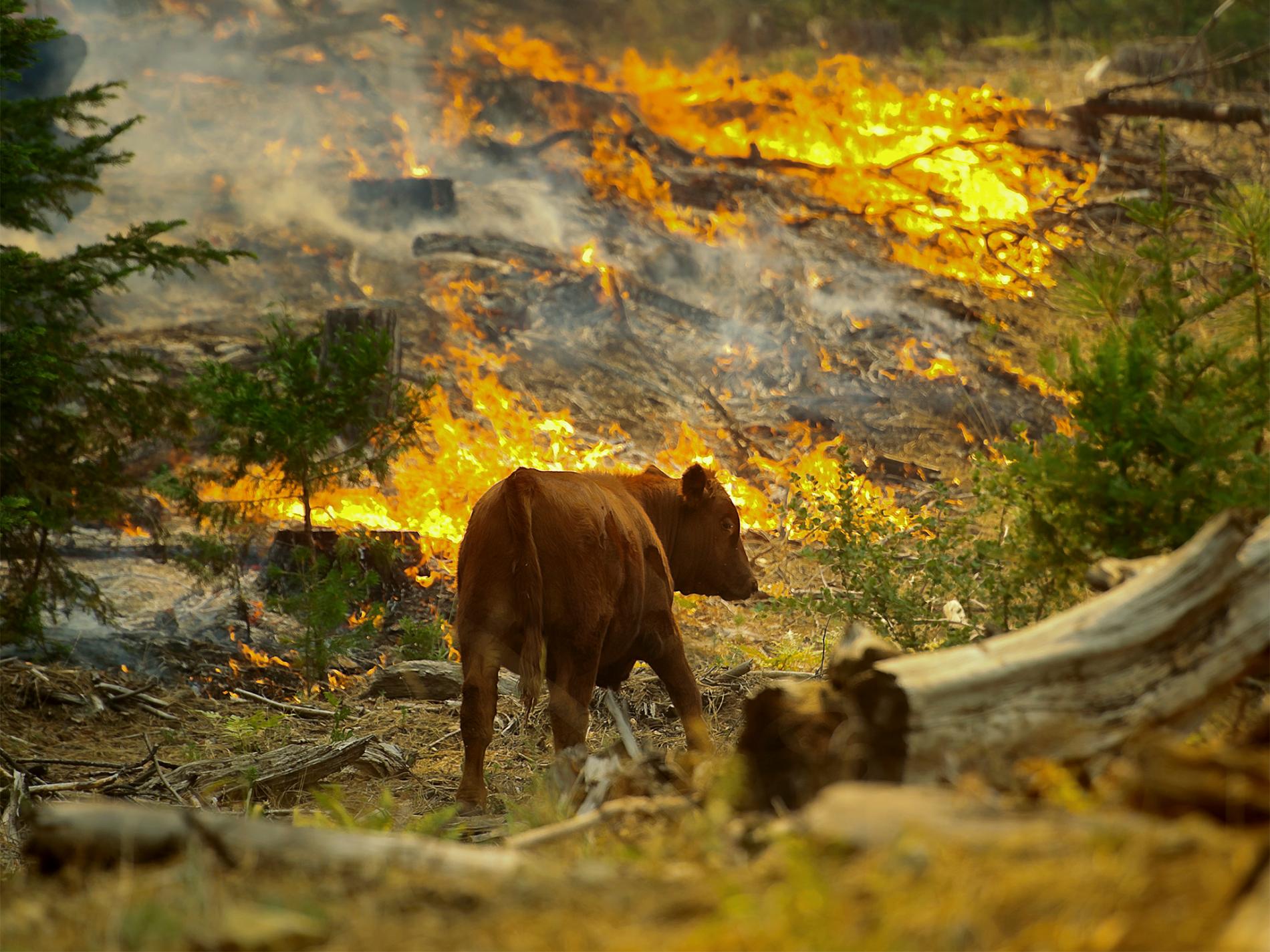
4) Food resources and habitats are being destroyed
Animals are running out of food and their homes are being destroyed thanks to climate change, littering and deforestation.
Trees trap the harmful greenhouse gases (carbon dioxide etc) and prevent them from spreading around our planet. When trees are torn down for agriculture, those gases are being released into the atmosphere.
The Rainforest Alliance claim that deforestation actually accounts for 10% of worldwide emissions, while agriculture/farming is responsible for roughly 13% of total emissions.
Climate change is also causing a huge reduction in plants, particularly in tropical areas. This means that animals have less and less food and resources to build their homes.
Species affected:
- Panda: Bamboo is in majorly short supply in some areas, causing the already-endangered pandas to starve.
- Great apes: Between 2001 and 2015, 160 million hectares of forest were lost in the tropics due to human activities. This activity has led to 60% of primate species now being under threat of extinction, with pollution, habitat degradation, loss of biodiversity, food insecurity and emerging diseases all major, growing issues.
- Tigers: Many species of tiger are in major danger of becoming extinct as a result of poachers and deforestation. Sumatran tigers are the most at threat currently, with less than 400 existing today.
What can we do to stop this?
The IPCC report that as little as a 1.5 degree-celsius average rise would put 20-30% of our planet’s species at serious risk of extinction. This has to stop. We have to do more, and continue to do more.
Whether it’s reducing your carbon footprint, switching to green energy, or avoiding single-use plastics, we all need to pull together and be the solution to the problem that we, as a race, have created.
It is our mission at myenergi to create a kinder, more sustainable future for our planet, but that does not stop with our green energy products.
From creating educational children’s books to partnering and combining with other green enthusiasts, we will never stop our mission, but we need your help!


